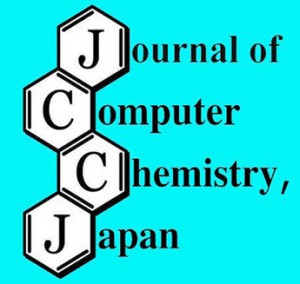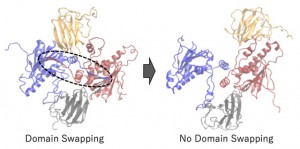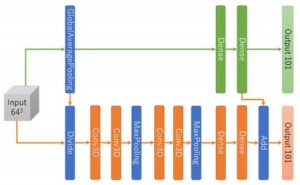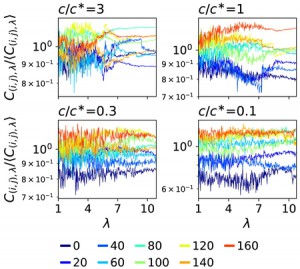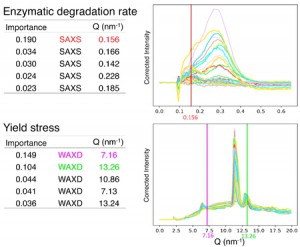[Published online Journal of Computer Chemistry, Japan Vol.20, 123-125, by J-STAGE]
<Title:> マイクロ波帯の交番電磁界印加における分子運動のシミュレーション
<Author(s):> 杉山 順一, 米谷 慎
<Corresponding author E-Mill:> sugiyama-j(at)aist.go.jp
<Abstract:> Molecular dynamics calculations were performed to consider the peculiarities of microwave chemistry. The temperature rise curve obtained without using the parameters of permittivity and conductivity showed the rise due to the traveling energy in addition to the accumulation of thermal energy in the periodic application of the electric field. We showed that the non-thermal effects of microwave chemistry might be caused by this traveling energy.
<Keywords:> Microwave heating, Molecular dynamics, Traveling energy, Conductive loss, Dielectric loss
<URL:> https://www.jstage.jst.go.jp/article/jccj/20/3/20_2021-0035/_article/-char/ja/
<Title:> マイクロ波帯の交番電磁界印加における分子運動のシミュレーション
<Author(s):> 杉山 順一, 米谷 慎
<Corresponding author E-Mill:> sugiyama-j(at)aist.go.jp
<Abstract:> Molecular dynamics calculations were performed to consider the peculiarities of microwave chemistry. The temperature rise curve obtained without using the parameters of permittivity and conductivity showed the rise due to the traveling energy in addition to the accumulation of thermal energy in the periodic application of the electric field. We showed that the non-thermal effects of microwave chemistry might be caused by this traveling energy.
<Keywords:> Microwave heating, Molecular dynamics, Traveling energy, Conductive loss, Dielectric loss
<URL:> https://www.jstage.jst.go.jp/article/jccj/20/3/20_2021-0035/_article/-char/ja/




